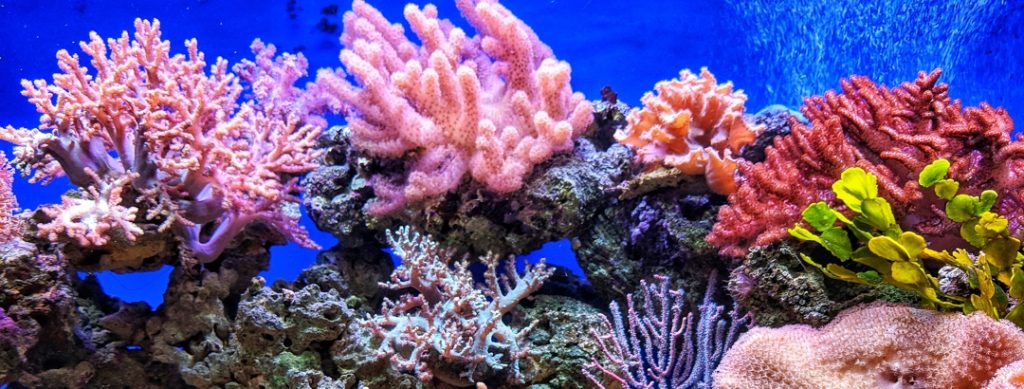
It’s summer, at least in the Northern Hemisphere, and (hopefully) we’re all spending some more time enjoying the great outdoors. When we’re out in the sun, especially when we visit beaches, sunscreen is part of the package.
The Problem
If you haven’t heard by now that skin cancer is a problem and that you should wear sunscreen to prevent sun damage – you’ve been living on a different planet than the rest of us. Taking care of our skin is a good thing and we should all be doing it. The second part of that message needs to be that taking care of our skin when we’re out in the sun shouldn’t impact the environment. A 2018 New York Times article on the subject revealed that a study done by the Haereticus Environmental Lab found that “chemicals in sunscreen that come off while swimming or that travel through sewage systems when washed off in the shower are ‘bigger than climate change,’ in causing coral reef damage” and that’s a real problem.
Harmful Chemicals in Sunscreen
In this report Haereticus found that the chemical oxybenzone, which is commonly found in a majority of suncreens, is toxic to the symbiotic algae that live within corals, providing their color and it also performs other vital duties. The chemical was also found to stunt the growth of corals. Chemicals like oxybenzone aren’t just bad for our reefs, they’re bad for us too. Oxybenzone has been linked to allergies, hormone disruption and cell damage – to name a few harmful effects. A 2008 study published by Environmental Health Perspectives “concluded that sunscreen promotes viral infection in corals that can lead to bleaching. They estimated that up to 14,000 tons of sunscreen is deposited in the world’s oceans each year.” That’s a HUGE problem, for us and our oceans, but it’s something we can easily fix.
The Solution
We can all educate ourselves on how to protect ourselves from sunburn without adding harmful chemicals to our oceans. Finding environmentally friendly suncreen means getting familiar with chemicals including oxybenzone, octinoxate and methyl paraben. Harerecticus publishes a list of chemicals to avoid in sunscreens and the Environmental Working Group has written a lot on the subject and every year they publish a consumer guide listing the safest sunscreens to use for us and our oceans. With a little bit of forethought and some minor changes in our choices, we can protect not just ourselves and the ones we love but the beauty and diversity of our reefs.
For more information on sunscreens that are good for you and the planet, check out this National Geographic article with some more ideas about reef friendly sun protection.
 Meredith, a former professional in the software industry, has come to the Mrs. Green’s World team through an unlikely journey that took her through the world of non-profit management and on to becoming a part of MGW. Helping people understand climate change and what we can do about it – is very near and dear to her heart. She lives in Tucson with her family and too many pets.
Meredith, a former professional in the software industry, has come to the Mrs. Green’s World team through an unlikely journey that took her through the world of non-profit management and on to becoming a part of MGW. Helping people understand climate change and what we can do about it – is very near and dear to her heart. She lives in Tucson with her family and too many pets.